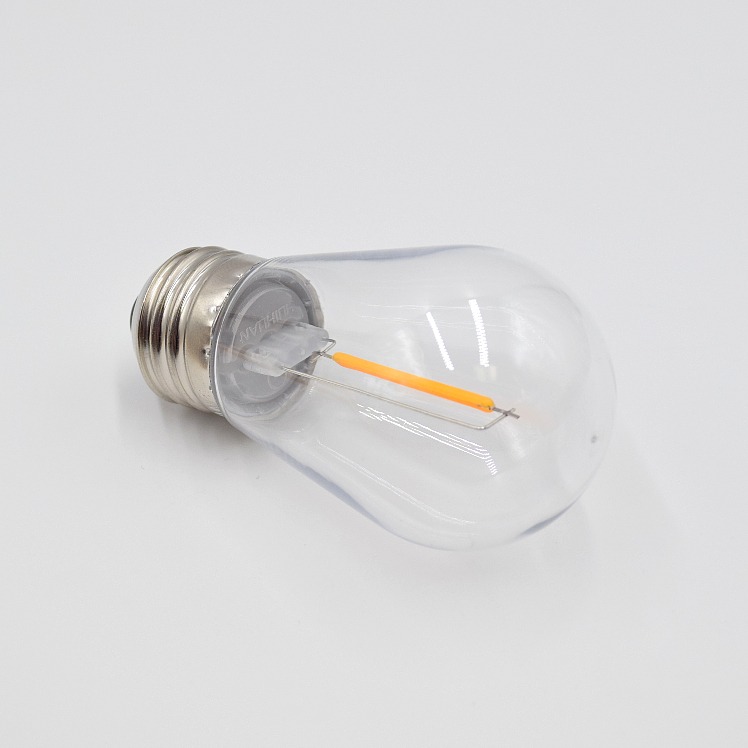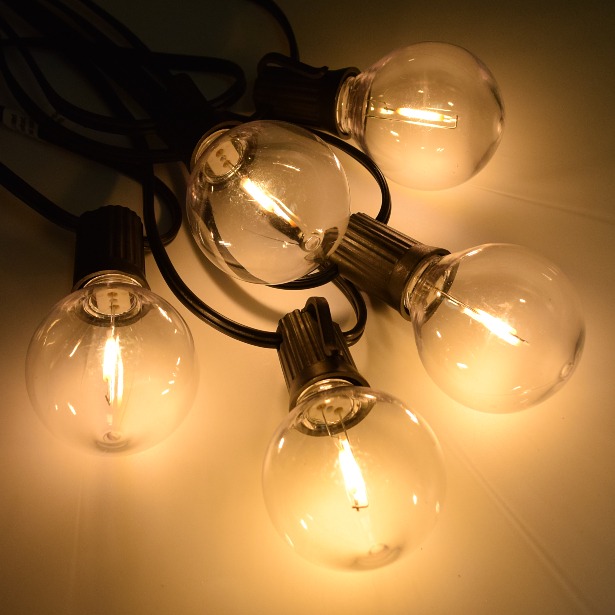
In the ever-evolving world of lighting technology, a groundbreaking innovation has emerged that promises to reshape the way we illuminate our spaces. Plastic light bulbs, once considered a far-fetched idea, have now become a reality, ushering in a new era of energy efficiency, durability, and versatility. In this blog post, we delve into the exciting realm of plastic light bulbs and explore how they are changing the landscape of lighting solutions

Since Thomas Edison’s invention of the incandescent light bulb in the late 19th century, lighting technology has undergone remarkable transformations. From incandescent to fluorescent, LED, and beyond, each era has brought with it improvements in energy consumption, lifespan, and lighting quality. Now, the introduction of plastic light bulbs adds yet another chapter to this fascinating journey.
Benefits of Plastic Light Bulbs
Energy Efficiency: Plastic light bulbs boast impressive energy efficiency ratings, consuming significantly less energy compared to traditional incandescent bulbs. This translates to reduced electricity bills and a smaller carbon footprint, making them an environmentally conscious choice.
Durability: Unlike their fragile glass counterparts, plastic light bulbs are designed to withstand shocks, vibrations, and impacts. This durability makes them an ideal choice for areas prone to accidents or vibrations, such as workshops, garages, and outdoor fixtures.
Versatility: The malleability of plastic allows for innovative bulb designs that were once thought impossible. From uniquely shaped bulbs to customizable diffusions, plastic enables lighting manufacturers to push the boundaries of creativity and functionality.
Lightweight Design: Plastic light bulbs are incredibly lightweight, making them suitable for installations where the weight of traditional bulbs might be a concern. This quality expands their application to areas where heavy lighting fixtures could pose challenges.
Reduced Heat Emission: Plastic bulbs dissipate heat more efficiently than traditional glass bulbs, contributing to their extended lifespan. Additionally, the reduced heat emission enhances safety, especially in enclosed fixtures.
Resistance to Elements: Plastic light bulbs are often designed to be water-resistant and weatherproof. This makes them an excellent choice for outdoor lighting applications, ensuring consistent performance even in challenging conditions.
The advent of plastic light bulbs opens up a plethora of innovative applications across various sectors:
Automotive Industry: Plastic light bulbs can find use in vehicle lighting systems, providing enhanced durability and reduced energy consumption for headlights, taillights, and interior lighting.
Architecture and Design: The flexibility of plastic allows for the creation of unique lighting designs that can be seamlessly integrated into architectural elements, enabling designers to add both functionality and aesthetics to spaces.
Horticulture: Plastic light bulbs can be tailored to emit specific wavelengths of light, making them suitable for indoor gardening and horticultural applications where plants require targeted light spectra for optimal growth.
Emergency Lighting: The durability and energy efficiency of plastic bulbs make them a perfect fit for emergency lighting solutions, ensuring reliable illumination during power outages or critical situations.

As we venture into a future driven by sustainability and innovation, plastic light bulbs stand as a testament to human ingenuity and progress. With their energy efficiency, durability, and versatility, they mark a significant step forward in the evolution of lighting technology. Embracing these innovative solutions not only enhances our lighting experiences but also contributes to a greener planet. The plastic light bulb revolution is here, illuminating our world in ways we never thought possible!
